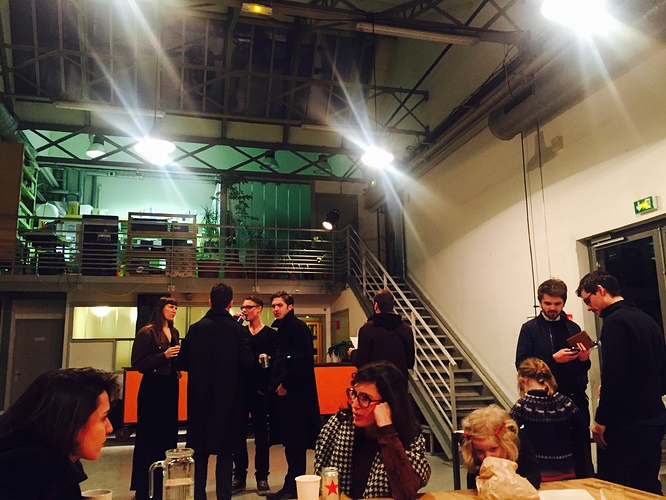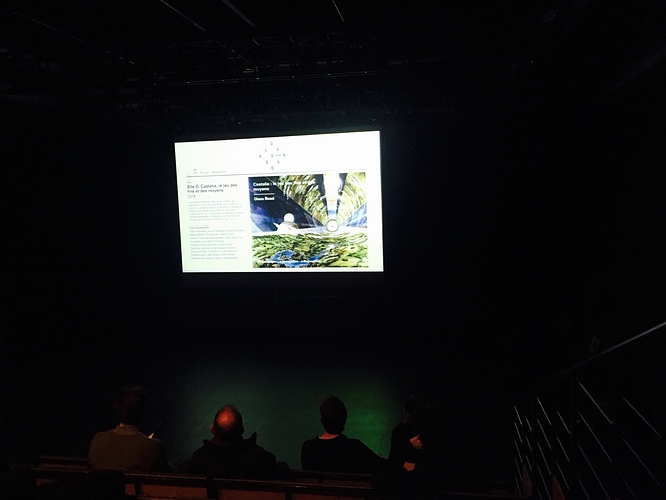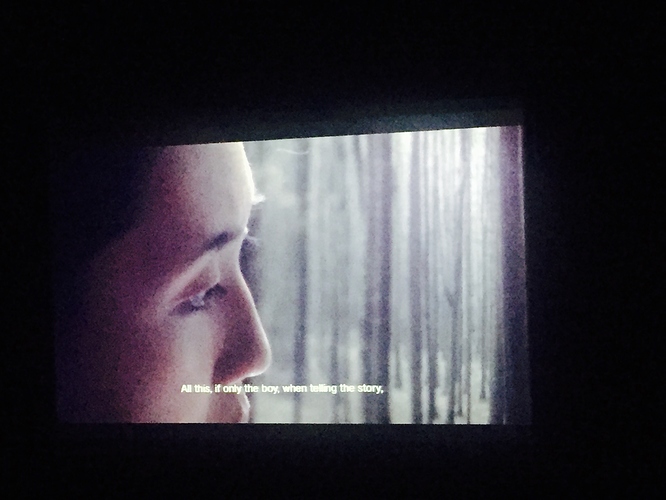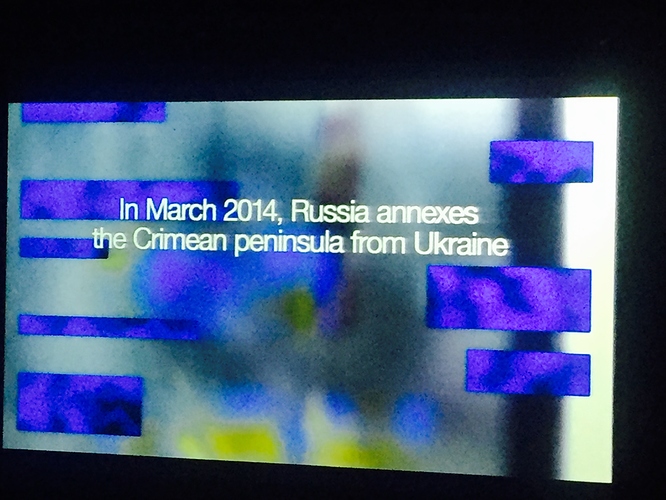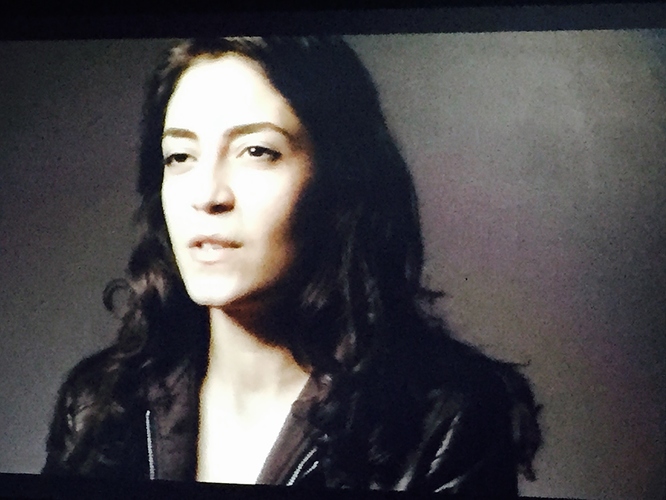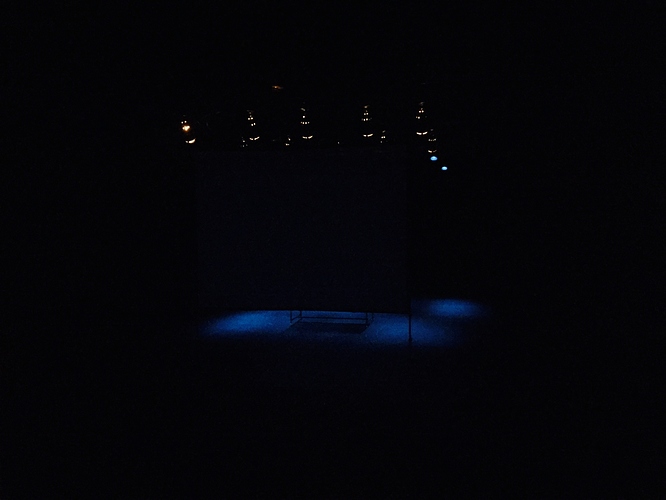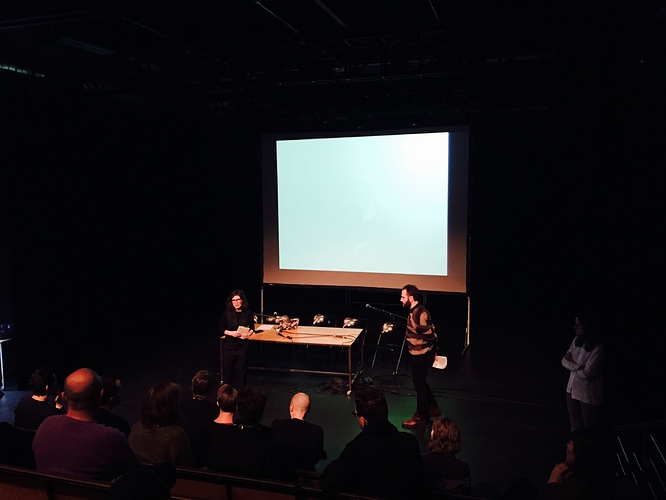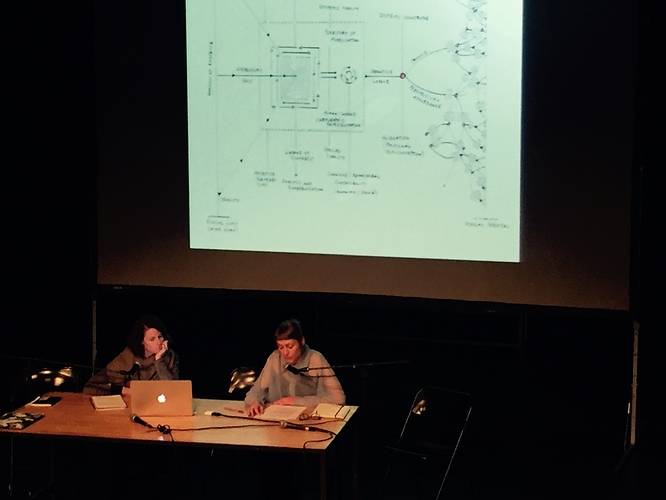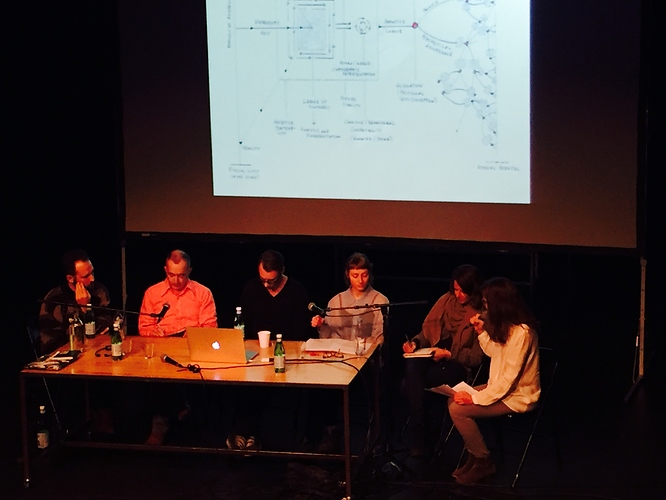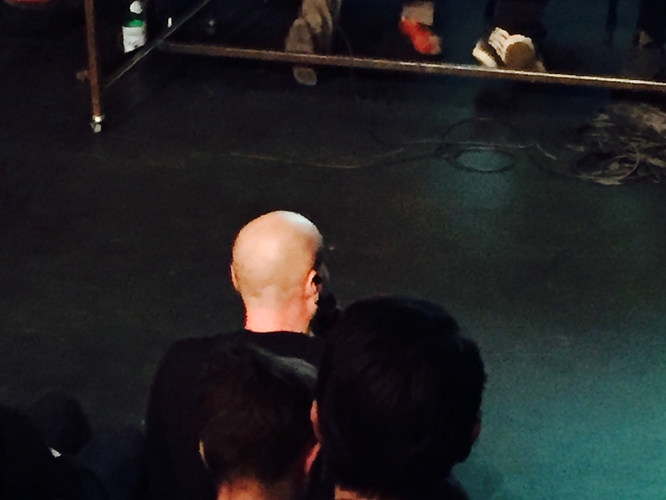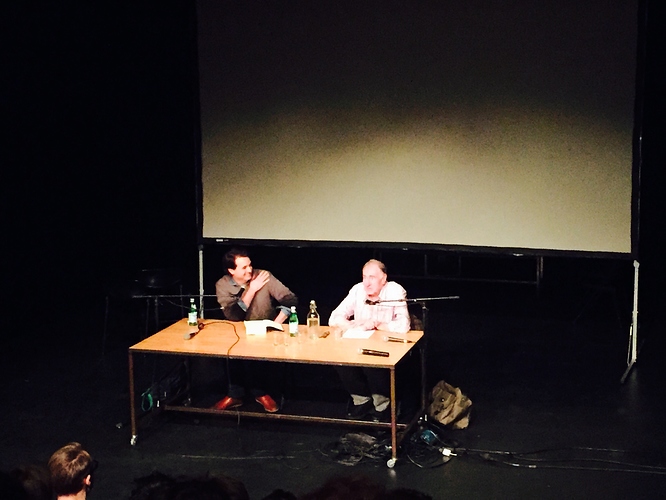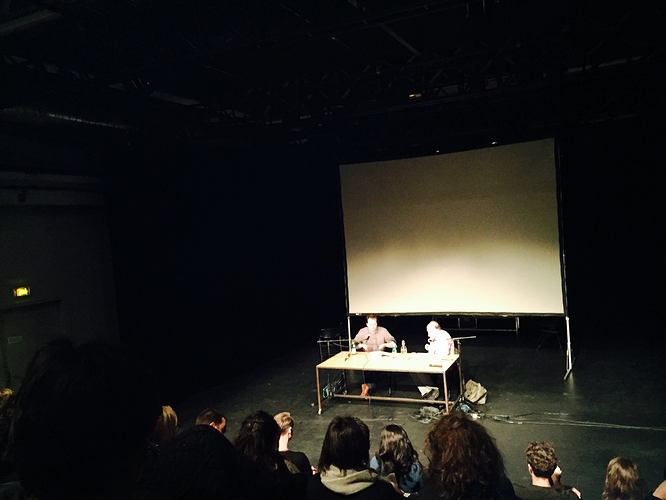e-flux conversations is pleased to present live coverage of the Glass Bead launch event, “The Depth and the Ply,” written by Sabrina Tarasoff. Please join us for Tarasoff’s coverage here, or join the festivities in Paris 19-20 February at Les Laboratoires d’Aubervilliers. Check out the first issue of Glass Bead, edited by Fabien Giraud, Jeremy Lecomte, Vincent Normand, Ida Soulard and Inigo Wilkins, here. Contributors include Peter Wolfendale, Guerino Mazzola, Andrée Ehresmann, Mathias Béjean, Ray Brassier, Gabriel Catren, Anselm Franke, Benedict Singleton, Keller Easterling, Giuseppe Longo, Martin Holbraad, Eduardo Viveiros de Castro, Tristan Garcia, Fernando Zalamea, Deneb Kozikoski Valereto, Olivia Caramello, Tarek Atoui, Linda Henderson, Freeman Dyson, Alex Williams, Holly Herndon, Mat Dryhurst, Laboria Cuboniks, and Amanda Beech.
The schedule, press release and speakers list below.
Les Laboratoires d’Aubervilliers
41, rue Lécuyer
93300 Aubervilliers
+33(0)1 53 56 15 90
To be human is to enter into a game of ends and means. This game is not a natural game. Animals do not play it. It is the game through which humans construct themselves as well as their environment. It is a normative game whose rules can be altered and transformed, crossing over the whole range of human engagements with the world.
Elaborating on the contents of the first issue of Glass Bead’s journal, this launch event is dedicated to the following questions: what is the function of art in this game? How can theoretical and practical forms of expression help to reshape the rules of the game and further transform our normative landscape?
Contemporary art generally opposes this game of normative gestures with an endless play of indeterminate signification. It puts forward an understanding of creativity and freedom as that which can only be achieved by escaping the game and its all encompassing logic. Doing so, it paradoxically projects normativity into the background, as an implicit condition with which it becomes impossible to engage.
Contrary to this position, Glass Bead contends that any escape from the game already supposes a type of engagement with its fabric. There is no seclusion, no retreat, no outside to the game. Freedom is not the indeterminacy of play: playing the game means committing to an ongoing process of construction and revision that continually changes its nature. Such a claim does not mean that normativity is freedom, but that freedom pertains to the normative game of ends and means. It is through the congruence and divergence of ends and means that norms can be made explicit, revised and transformed.
The event at Les Laboratoires d’Aubervilliers proposes an investigation into this redefinition of the game and art’s role within it. This exploration will articulate the two dimensions of any game: its depth and its plies. The depth of play names the ability to foresee future moves and adapt the play accordingly. The ply, describes a turn of the game between two players. To take part in the game implies the strategic correlation of these two dimensions where any local engagement within it (the ply) is a transformative commitment with its global structure (the depth).
In such a conception, making a move in the normative landscape of the game is necessarily bound to an act of self-transformation. It does not leave us intact as players by preserving what we are but involves us in a constant redefinition of what we can be and ought to be. These events are dedicated to the collective formalization of this uprooting.
Speakers
Glass Bead (platform) Laboria Cuboniks (xenofeminists) Suhail Malik (art theoretician) Christopher Priest (writer) Tristan Garcia (philosopher and writer) Tarek Atoui (musician) Metahaven (designer and researcher) Yoneda Lemma (musician)
 SCHEDULE
SCHEDULE
February 19
7pm – Glass Bead, Presentation of Glass Bead’s overall project by Fabien Giraud, Jeremy Lecomte, Vincent Normand, Ida Soulard and Inigo Wilkins
7:30 pm – Film screening – The Sprawl (Propaganda About Propaganda), (2015, 70min) by Metahaven
9:00 pm – Ear of Cyclone, sound performance and installation by Yoneda Lemma (as d-n-e)
February 20
3:00 pm – Introduction to the day by Glass Bead
3:30 pm – Why a Rationalist Art? by Suhail Malik
4:00 pm – Xenofeminist Manifesto by Laboria Cuboniks, represented by Patricia Reed and Katrina Burch
4:30 pm – Panel conversation with Suhail Malik, Laboria Cuboniks and Glass Bead followed by a discussion with the audience
6:00 pm – Break
6:15 pm – Public conversation between Tristan Garcia and Christopher Priest
8:00 pm – Break
9:00 pm – Sound performance by Tarek Atoui

